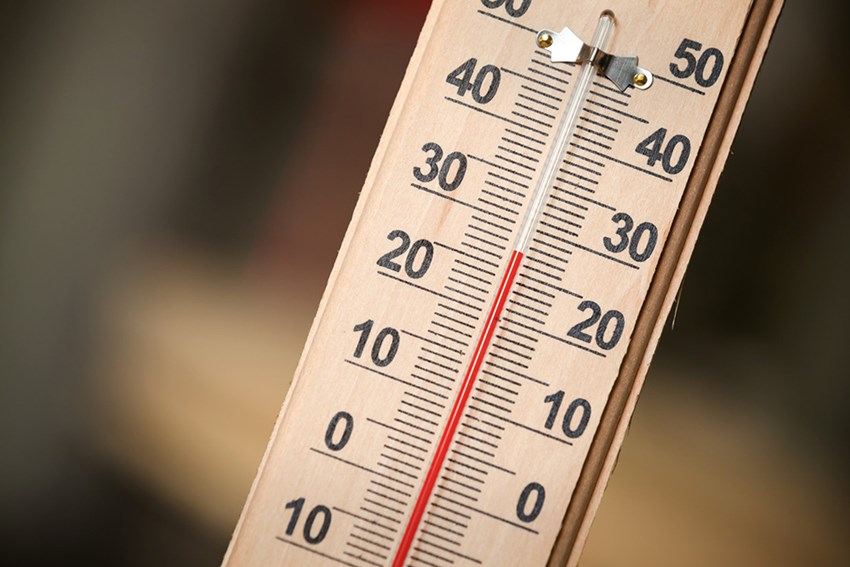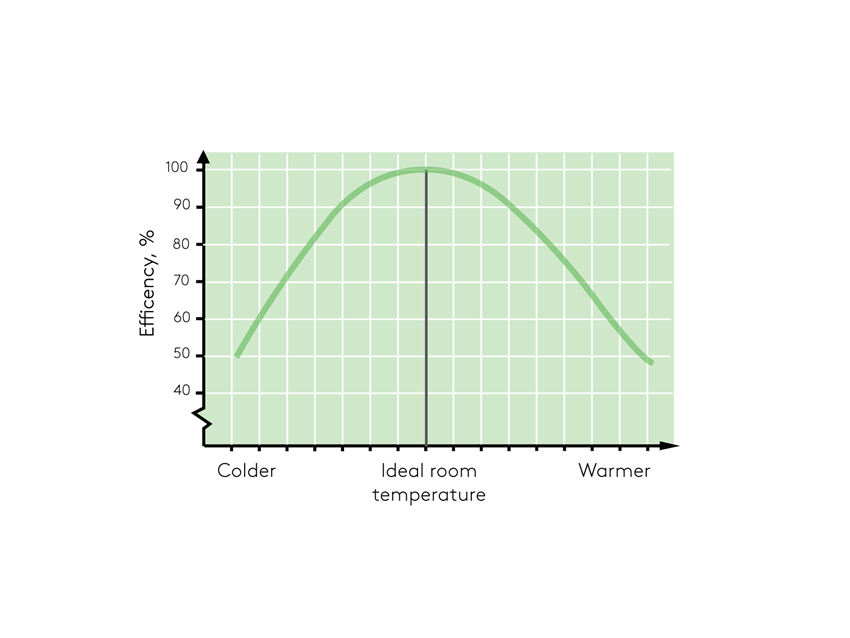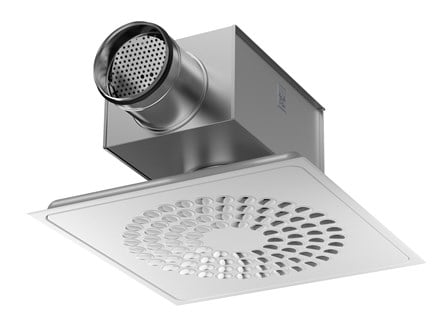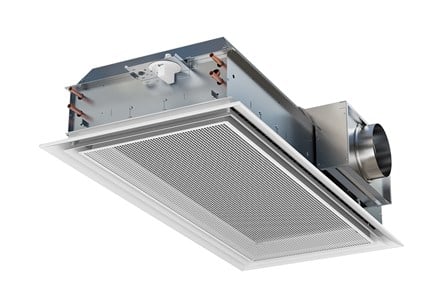Temperature
What is temperature?
Temperature is a physical dimension quantifying how hot or cold it is. Heat is a measure of the amount of energy inside an object. In the context of air temperature, air molecules basically move faster and have more energy when it is hotter. The energy is transferred from molecules with high energy to those with low energy when the molecules bump into each other. This is how energy goes from hot to cold. When we say that we are supplying cooling to a room, what we are actually doing is removing heat.
Read more


Temperature affects us
Thermal comfort is something everyone will have an opinion about. Dissatisfaction with an office being too hot or too cold is commonly noticed in employee questionnaires and occupational health and safety surveys at many workplaces. An optimal indoor climate with temperatures that are percieved as comfortable can enhance the attractiveness of an employer and, more importantly, postively affect productivity. At the same time, less effort is invested in discussing the indoor climate.
Temperature affects productivity
Several studies have been conducted to quantify the link between operative temperature and productivity. However, it is difficult to devise reliable methods to realise this type of research. One of the more commonly cited studies of the link between air temperature and employee performance indicates that office workers' productivity increases at temperatures of up to 21-22 °C, but decreases by about 2% per degree of further increase.
That said, the ideal productivity temperature is not necessarily the same as the one perceived as providing optimal comfort.

Temperature in a building
The temperature in a building depends on how much energy is supplied or lost from the room.
Learn more



